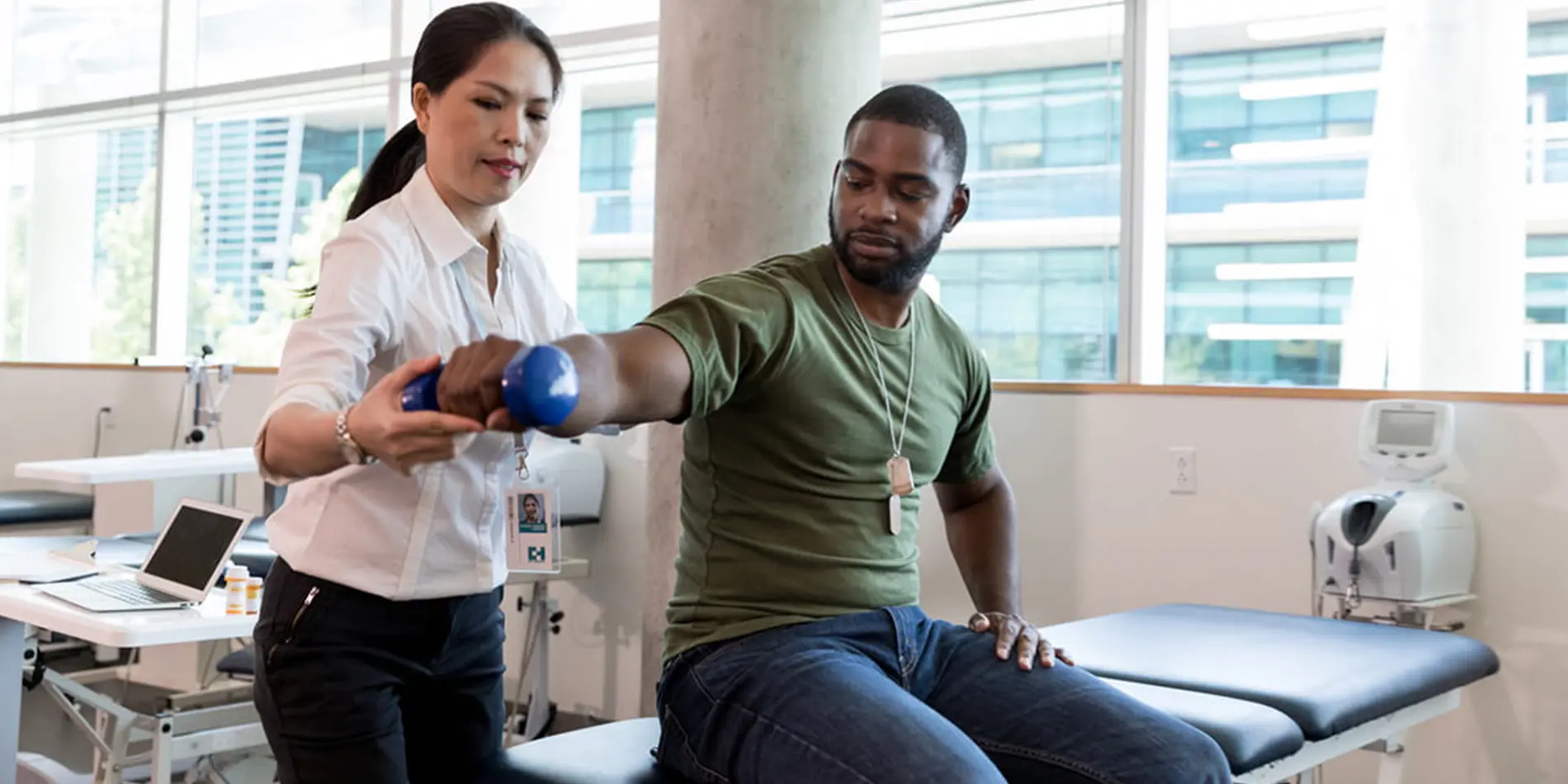Exploring the Synergistic Function of Physical Therapy in Improving Pain Control Strategies
Wiki Article

Physiological rehabilitation plays a critical function in managing pain for numerous individuals. Discomfort can arise from various conditions, such as traumas, surgeries, or long-term illnesses. While drugs are frequently used to relieve discomfort, they may not always be the best option due to possible side reactions or addiction issues. This is where physiological therapy enters in as a supportive approach. By focusing on movement, strength, and flexibility, physiological rehabilitation specialists help clients recover capability and diminish pain through targeted exercises and methods.
One of the main approaches physiological therapists use is workout treatment. This involves particular workouts designed to strengthen muscles, enhance range of motion, and boost overall physical function. For example, a client rehabilitating from knee surgery may engage in exercises that progressively increase their range of movement and strength. These exercises not only help in reducing discomfort but also avert subsequent injuries by encouraging better movement patterns. Additionally, physical therapists often customize exercise regimens to meet the personal requirements of each patient, guaranteeing that they receive the best effective care available.
Another important component of physiological therapy is hands-on treatment. This physical method comprises techniques such as manipulation, joint mobilization, and manipulation. Hands-on treatment can help alleviate muscular tension, improve circulation, and diminish discomfort. For example, a therapist may use massage techniques to reduce tension in the spine, which can lead to significant pain relief. By tackling the root problems causing discomfort, hands-on treatment can enhance the overall effectiveness of pain control approaches.
Education is also a vital component of physiological rehabilitation. Physiological therapists take the time to educate clients about their issues and the significance of keeping an engaged lifestyle. Understanding the origins of pain and the benefits of bodily exercise can empower patients to assume control of their well-being. Specialists often provide guidance on correct physical mechanics and posture, which can help avert discomfort from returning. This educational component encourages a collaborative relationship between the therapist and the client, resulting to better outcomes in discomfort control.
In conclusion, learn the facts here now physiological rehabilitation serves as a valuable resource in improving pain management strategies. By combining workout therapy, manual methods, and client education, physical rehabilitation specialists address pain from various perspectives. This holistic approach not only helps reduce current pain but also prepares clients with the knowledge and tools to control their health in the extended run. As an increasing number of individuals seek options to medication for pain alleviation, the role of physical rehabilitation will continue to expand in significance, offering assistance and enhanced standard of life for numerous.